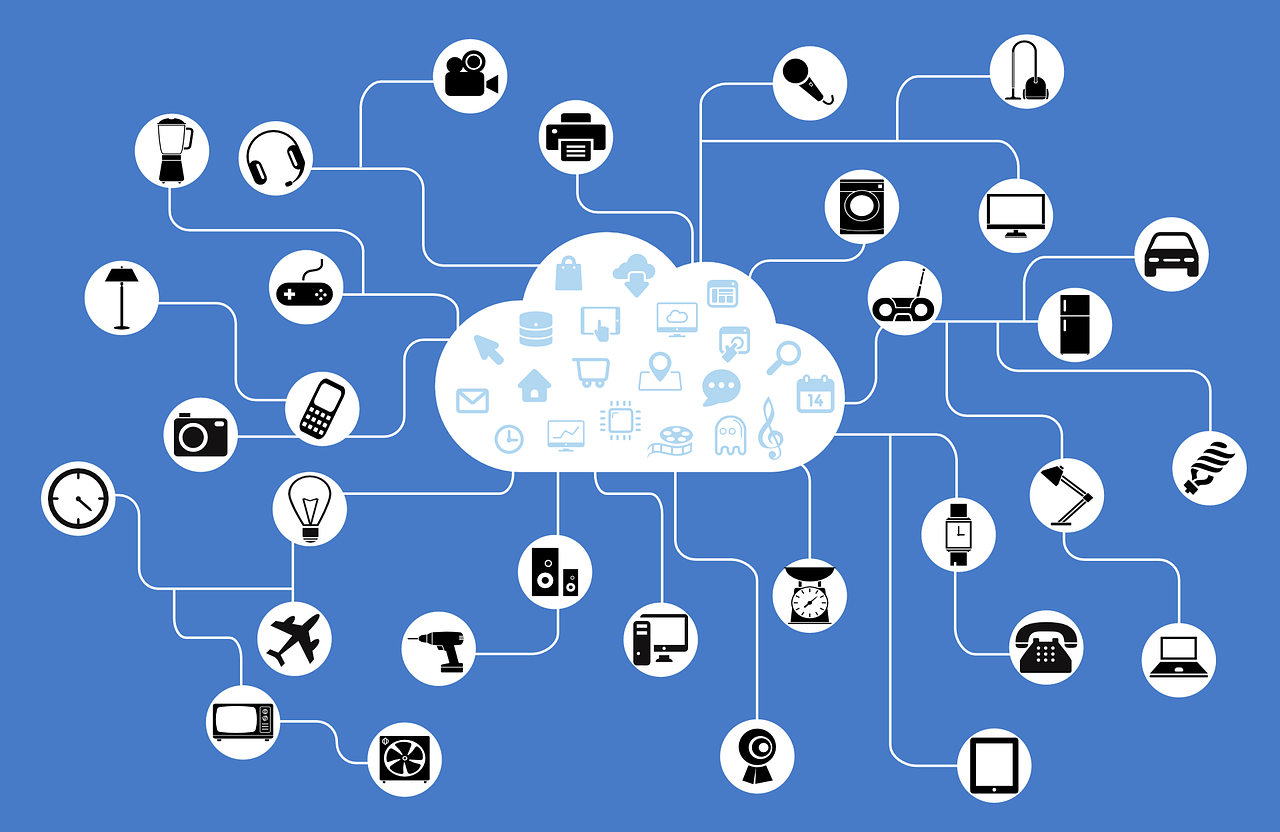The following article recently published in the latest edition of the Building Operator Certification Bulletin highlights some of the key topics that will be the focus of the Smart Buildings Exchange conference tracks including: Grid Enabled Buildings, Wellness & Productivity, Transportation, Smart Network Design & Cybersecurity, Energy & Operations, Data/Analytics, Development & ROI, Carbon Reduction, Workforce Readiness, and Smart Building Infrastructure. We’re excited about the conference program and can’t wait to share agenda details with you soon, so stay tuned! Early-bird registration is open through April 15th — register now and save $100!
The Continuum of Smart Buildings
The buildings industry is abuzz with talk about “smart buildings” and their promise for improving operational efficiency and occupant comfort while reducing the carbon footprint. Technology continues to evolve at a rapid pace, automation touches every corner of our lives, and climate concerns continue to grow. Buildings use about 40% of our total energy in the U.S., and it is inevitable that automation to enhance efficiency is expanding into every corner of buildings as well. Building owners and organizational leaders are taking note of the possibilities that smart technologies present, since energy consumption accounts for about 20% of operational costs across most industries. An increased focus on occupant experience and resultant productivity gains is also driving this transformation.

So, what is a smart building? Smart buildings integrate data information and communication technologies to connect previously independent systems together, optimizing operations and whole-building performance. Smart buildings can also communicate with the power grid, which is becoming increasingly important as utilities look for ways to accommodate increasing energy needs and the growing incorporation of distributed energy resources (DER) such as solar and wind energy production.
This evolution toward automation in buildings doesn’t decrease the need for human interaction; buildings will always need operators. But with the changing landscape in building operation, required skill sets are also expanding. Understanding smart technologies and their components, in relation to long-established building science concepts, is key for building operators to maintain their edge in the industry and ensure robust, sustainable career opportunities.
It is also important to understand that the term “smart buildings” doesn’t only apply to the newest, fanciest buildings designed with state-of-the-art technology. Most of our existing building stock consists of aging, inefficient buildings, which provide ripe potential for improvements that can lead to vast savings. Smart technologies and strategies can be applied in any building and can be scaled over time. Because you can’t save what you don’t measure, this starts with paying attention to whole building energy use and benchmarking with free tools like Energy Star Portfolio Manager, which can help identify the energy use profile for the building and specific systems to target for improvement. Portable submetering equipment can be employed short-term to get a snapshot of what is happening with specific systems. This type of equipment is becoming more widely available, often for free, from energy diagnostic tool libraries located in many parts of the country.
As a clearer picture emerges of where the opportunities exist, further movement along the continuum of smart can happen, such as integrating sensors and more advanced control systems. To deepen the impact, systems can begin to be integrated. For example, instead of HVAC controlled by a thermostat located on the wall away from the occupants themselves and separate lighting controls, all these controls can be integrated into the lighting fixture itself (including occupancy and daylighting sensors). This strategy can provide more accurate information for the building control systems to condition and light the spaces that need it, but only when they need it. Smart technologies can also give occupants more control over their immediate environment, resulting in higher productivity.

Analytics, a term for tools that analyze data to create actionable value by detecting patterns, trends, and deviations, can identify inefficiencies that might otherwise never be noticed, such as simultaneous heating/cooling, degradation of heating or cooling performance, improper economizer function, uncalibrated or malfunctioning sensors, anomalies with set points, etc. These types of solutions are often integrated into virtual private networks in the cloud, which minimizes the front-end liabilities and security risks that many operators and managers worry about with adoption of these strategies.
A notable smart buildings strategy is automatic fault detection and diagnostics (AFDD), which can have many benefits that extend beyond energy savings. Instead of spending hours troubleshooting issues, technologies like AFDD can save technicians valuable time and minimize risk by pinpointing the exact issue. Time saved here can be used to tackle that list of deferred maintenance that nearly every building operator has on their plate, which in turn can save energy and extend equipment life. AFDD can also help to predict issues before they happen, reducing hot/cold calls, deferring capital expenditures, and preventing catastrophic failures and downtime.
Recognizing the need to stay on top of this evolving landscape in building operation, the Smart Buildings Center and Building Operator Certification program are developing educational programming and resources for the community to enhance understanding about the components of smart buildings. For example, BOC is developing a Smart Buildings Fundamentals one-day supplemental class that will be rolled out later this year. This will cover concepts such as IT networks and security, systems and system integration, analytics, and operational strategies. And in September 2020, the Smart Buildings Center will be presenting our inaugural Smart Buildings Exchange conference in Seattle, to continue the conversation and give a comprehensive look at the broad spectrum of smart buildings technologies (and their inherent benefits) emerging in the marketplace.

